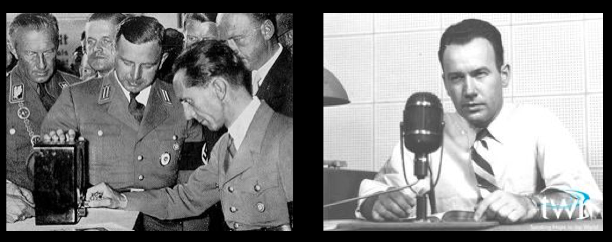Technology can be used for great evil or for great good.
Joseph Goebbels, Propaganda Minister for the Third Reich in Nazi Germany from 1933 to 1945, was one of Adolf Hitler’s closest associates. Goebbels shared Hitler’s virulent anti-Semitism, and avidly supported the extermination of Jews.
Perhaps Goebbels was best known for his stirring propaganda speeches that were broadcast via radio throughout Europe. He once stated, “It would not have been possible for us to take power or to use it in the ways we have without the radio.” His influence through the use of available technology led millions to tolerate mass genocide.
But the technology Goebbels intended for evil would be used by another leader for great good.
Three years after Hitler’s Reich crumbled and Goebbels committed suicide in the spring of 1945, Paul Freed was appointed to work with Youth for Christ in Spain. With a deep commitment to reach post-war Europe with the Christian message, Freed wasn’t satisfied with restrictions placed upon him by governments. Although he knew next to nothing about broadcasting, he dreamed of a solution when he purchased a 2,500-watt “war surplus” transmitter and began to beam the Gospel of Jesus Christ via radio.
Such were the humble beginnings of Trans World Radio (TWR). Nearly seven decades later, TWR continues to reach millions of people in more than 200 languages every day with Good News.
One leader used technology to advance the notion that six million people deserved death. Another leader used the same technology to bless the nations. As in the past, technology in all its forms is a platform where leaders make the difference. Technology can be used for great evil or for great good. Goebbels and Freed teach us that technology itself is neutral, but any leader’s use of technology comes with moral responsibility.

Leave a Reply